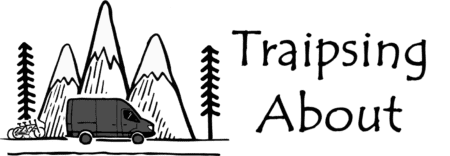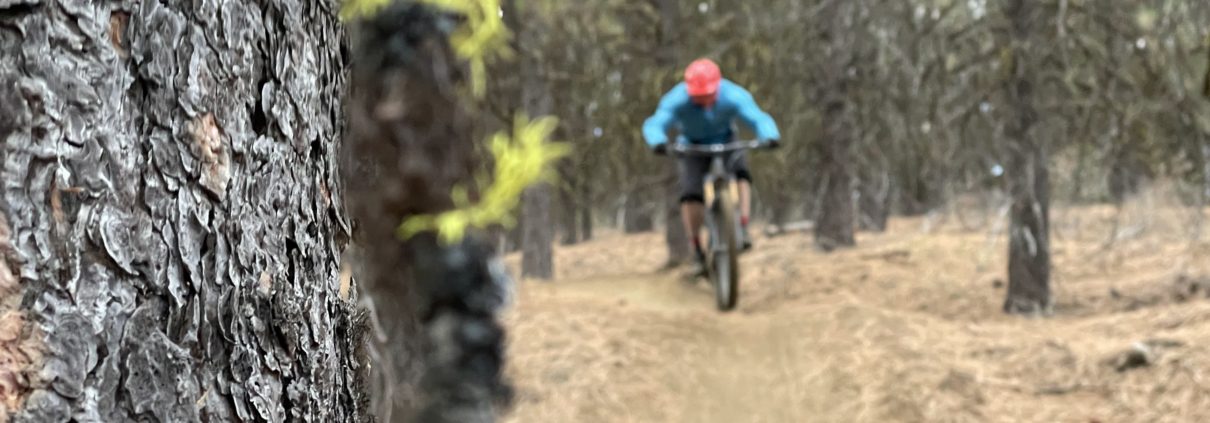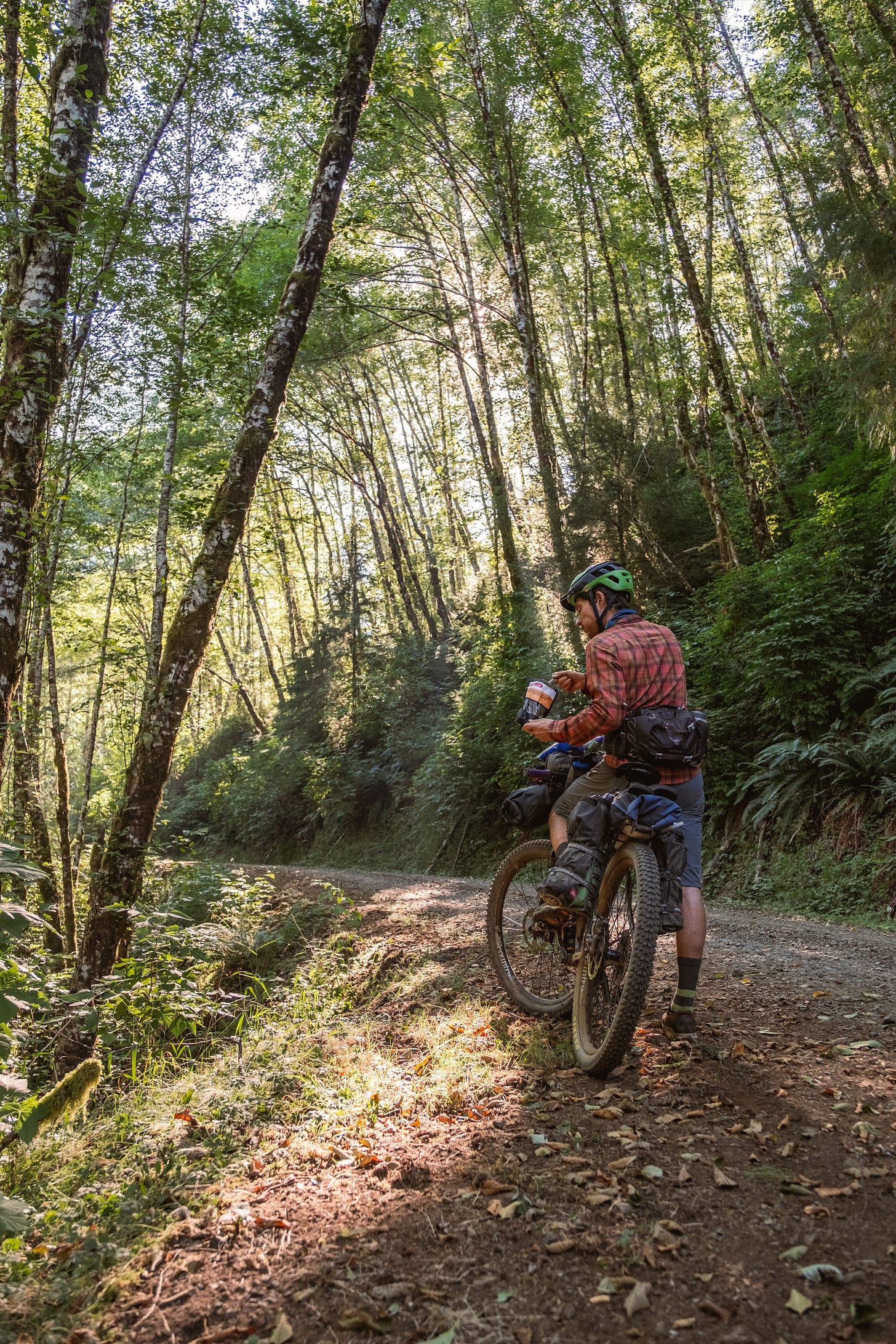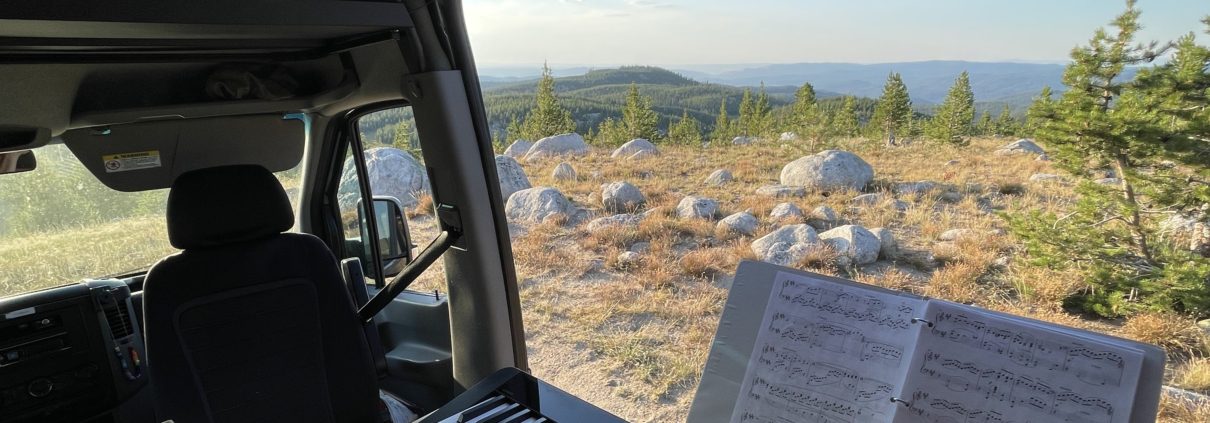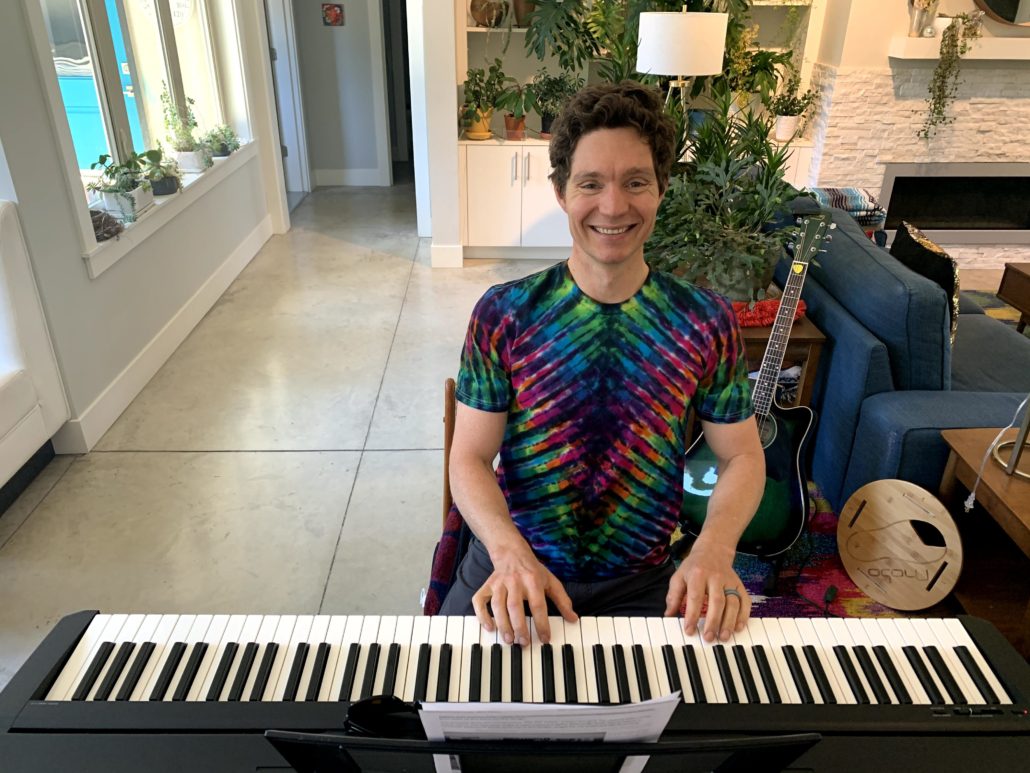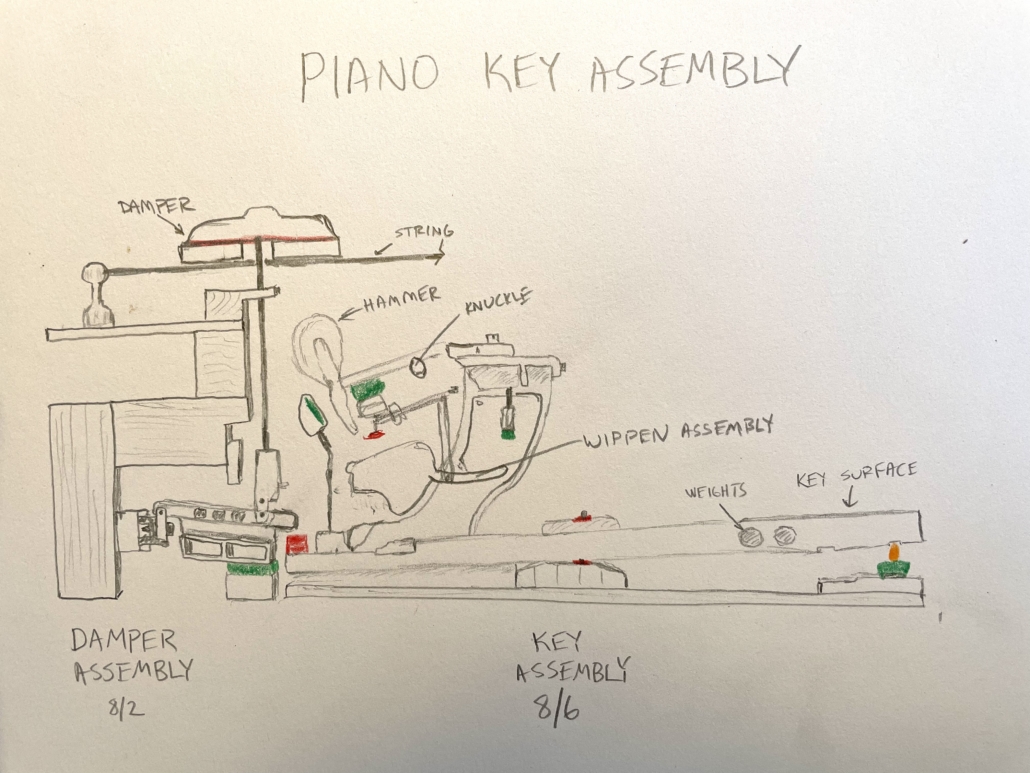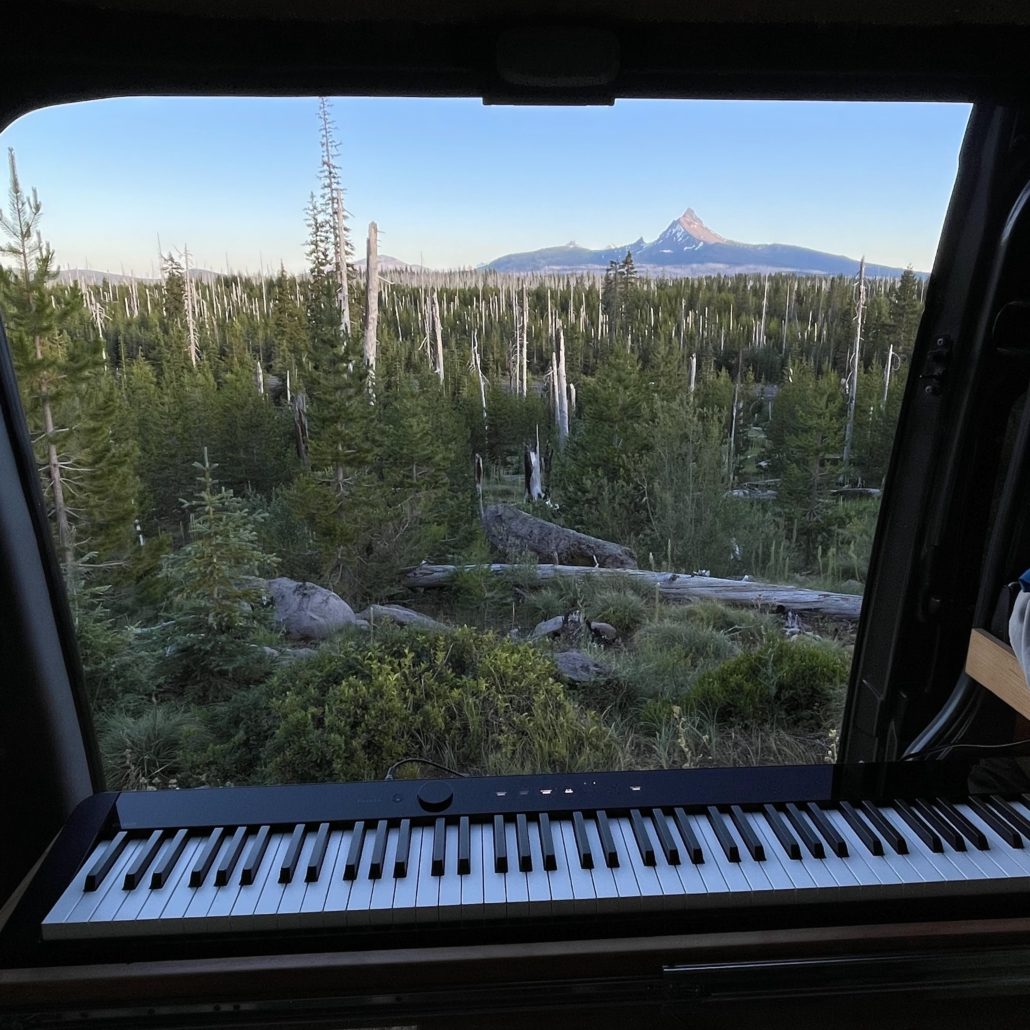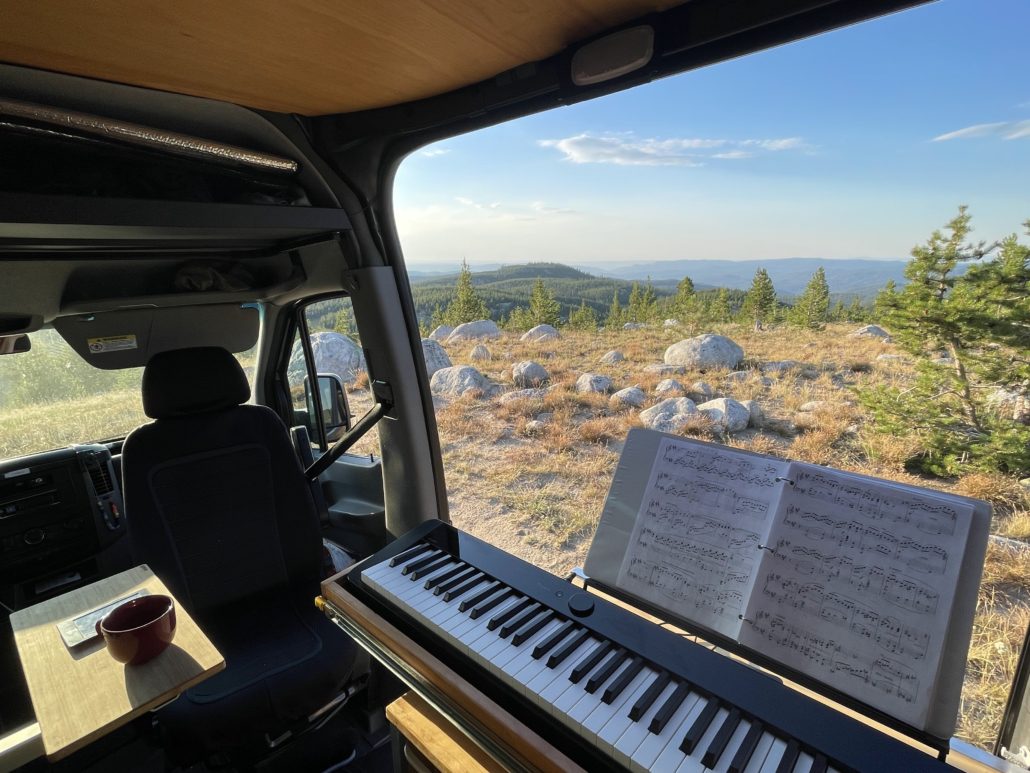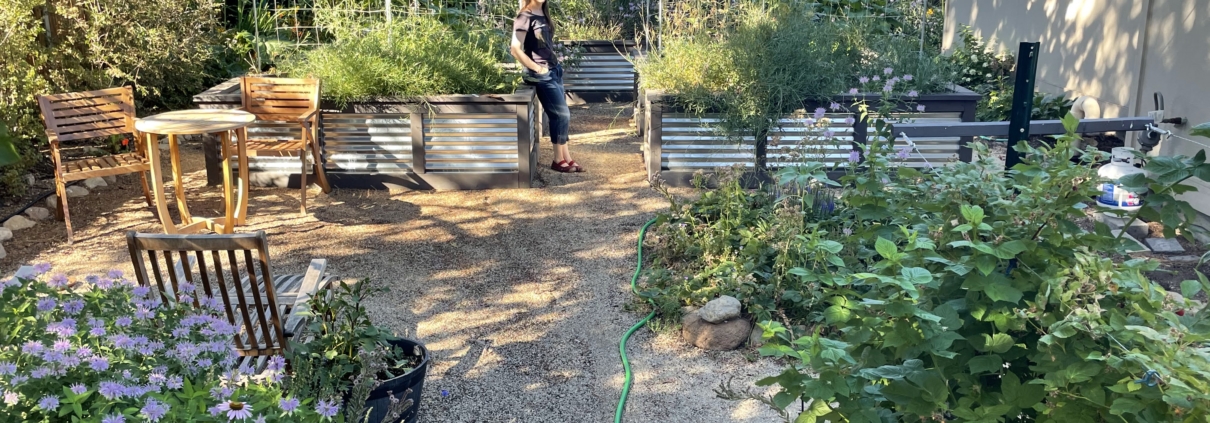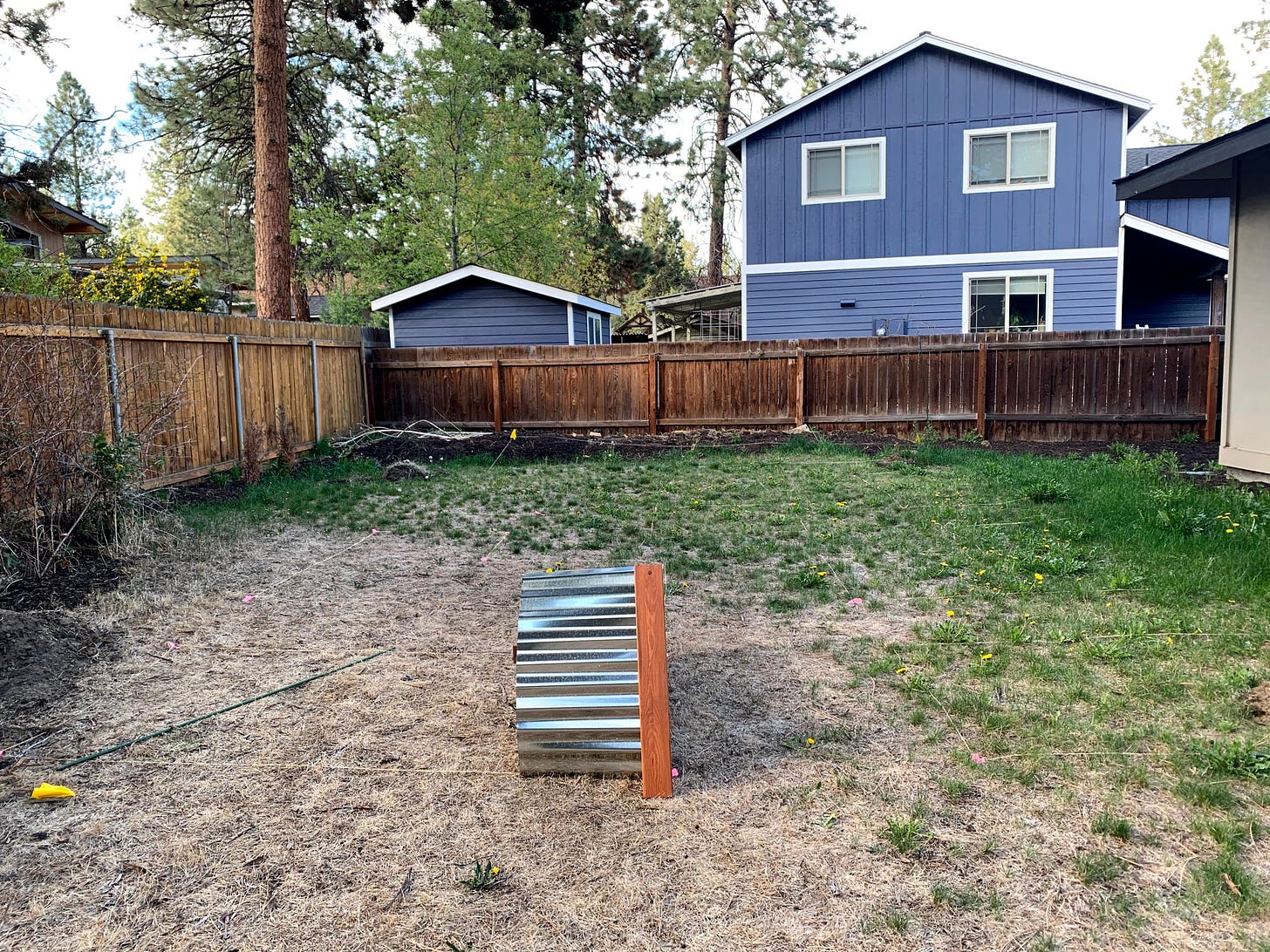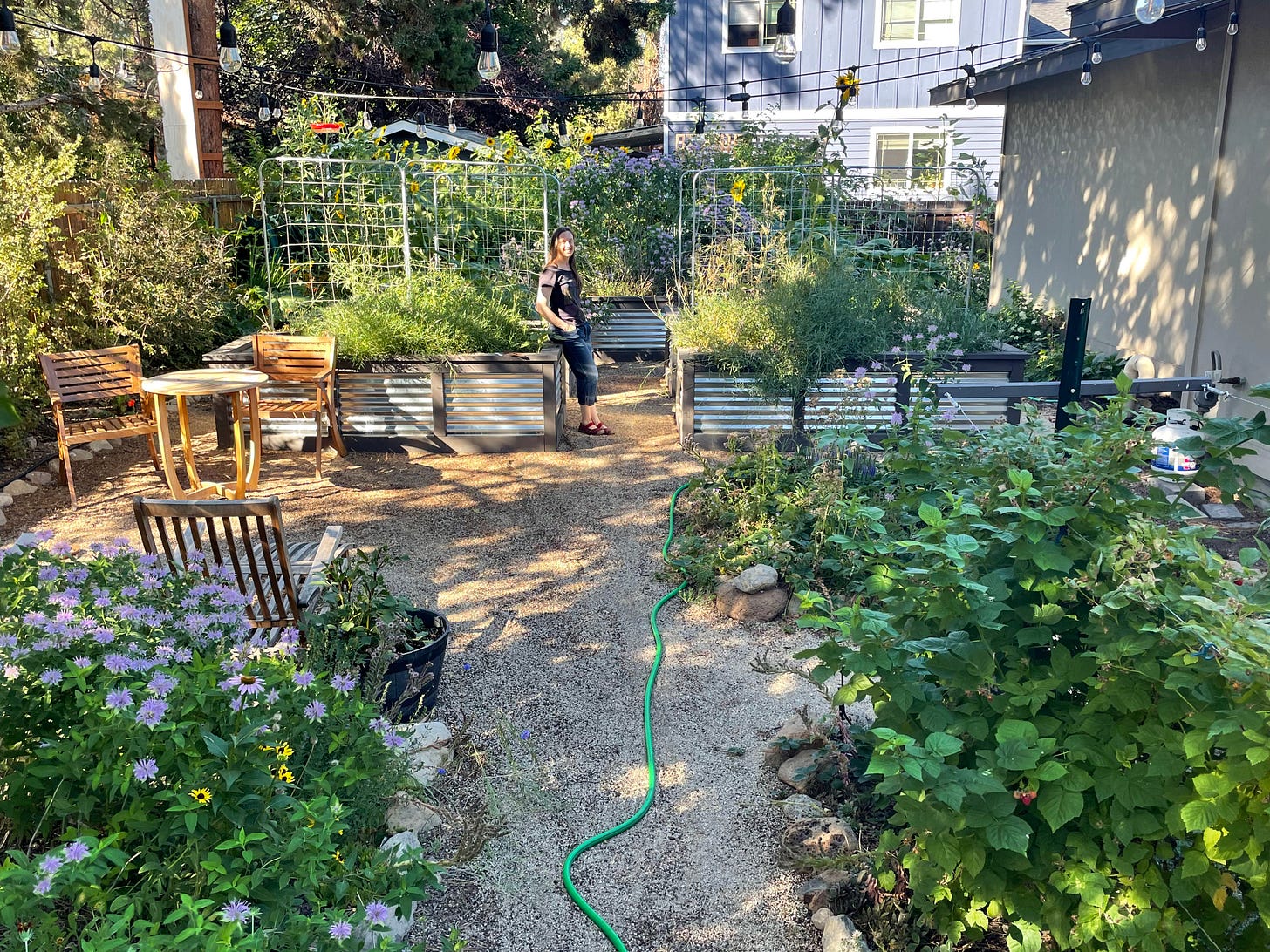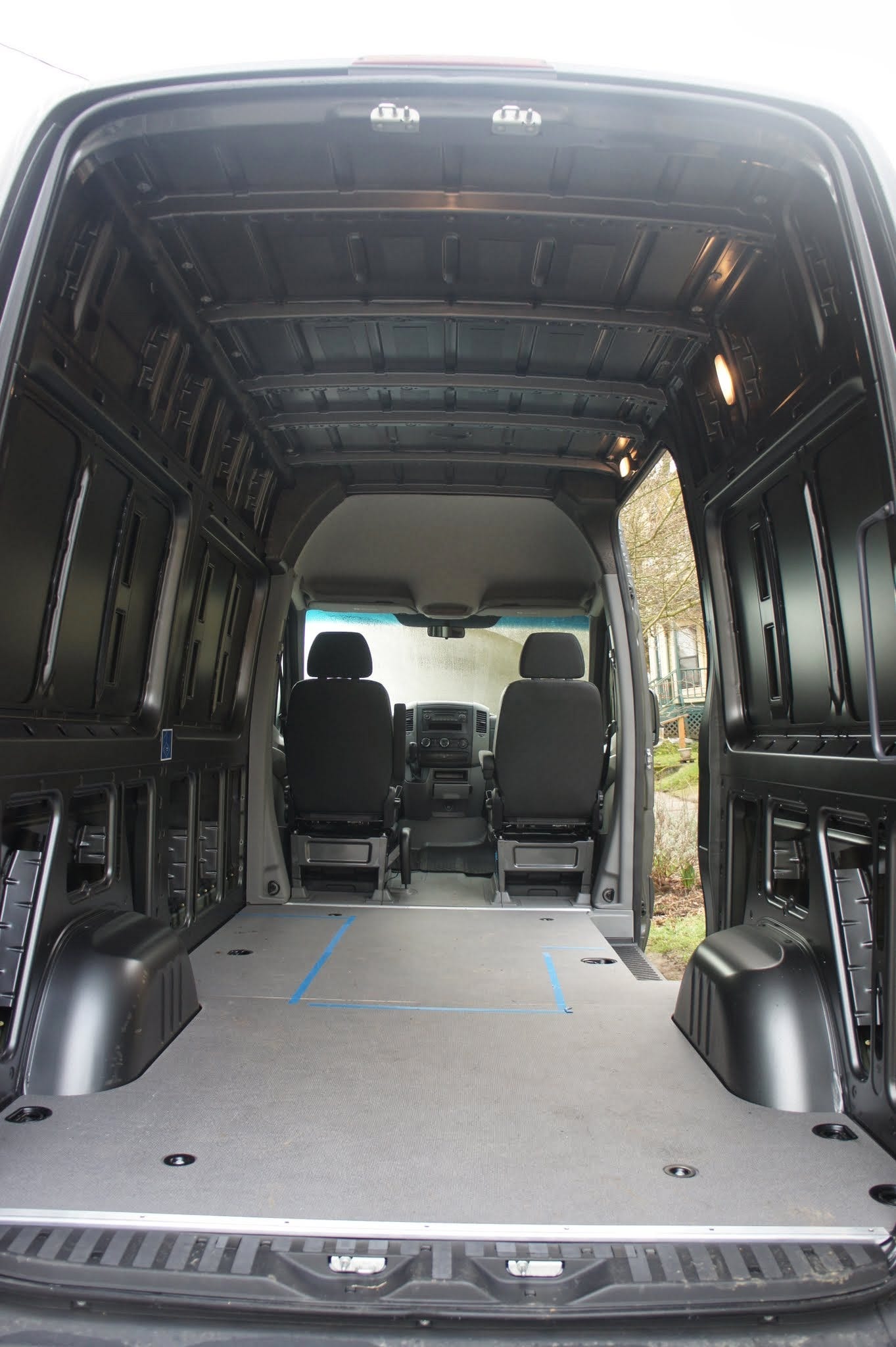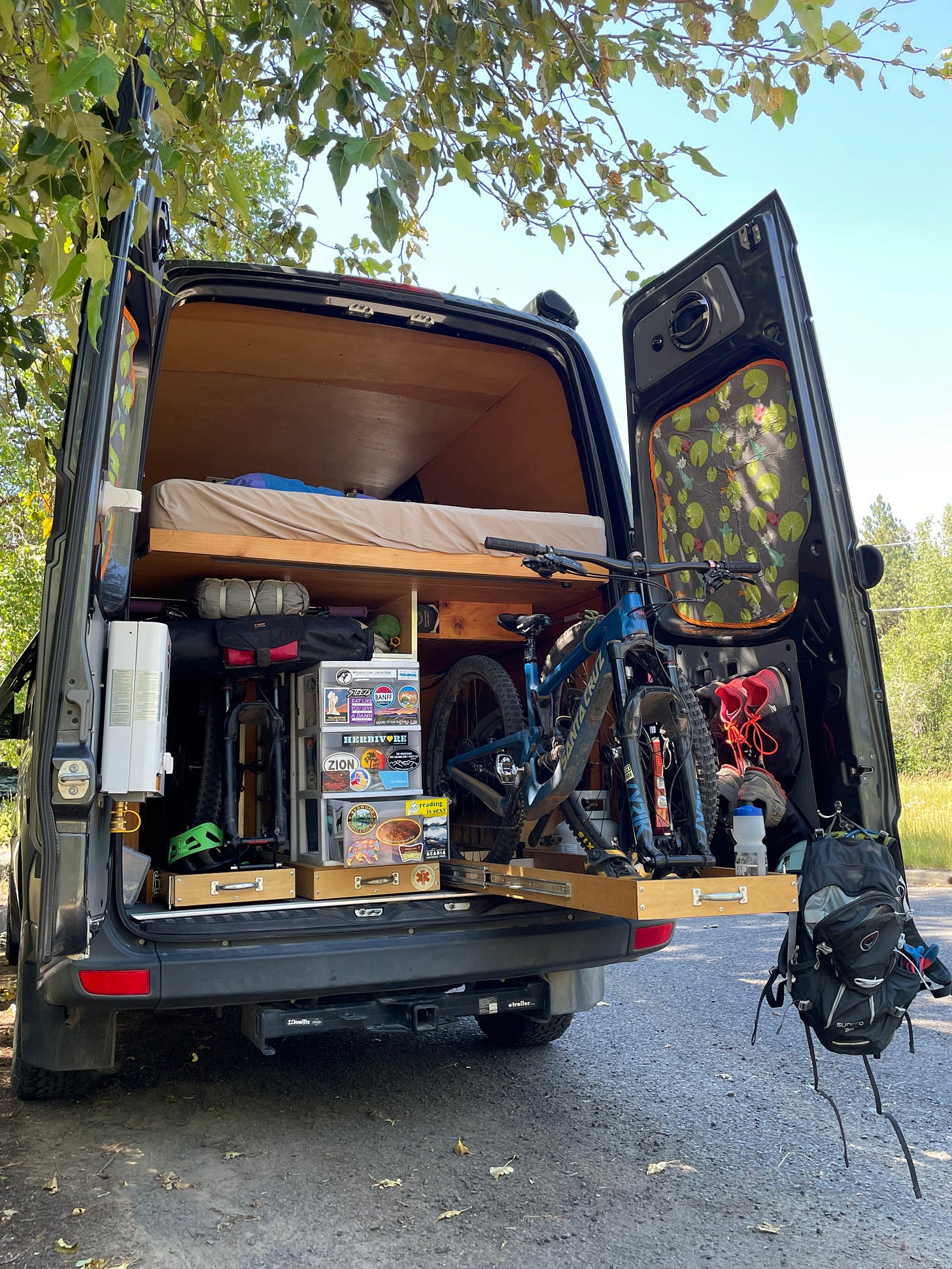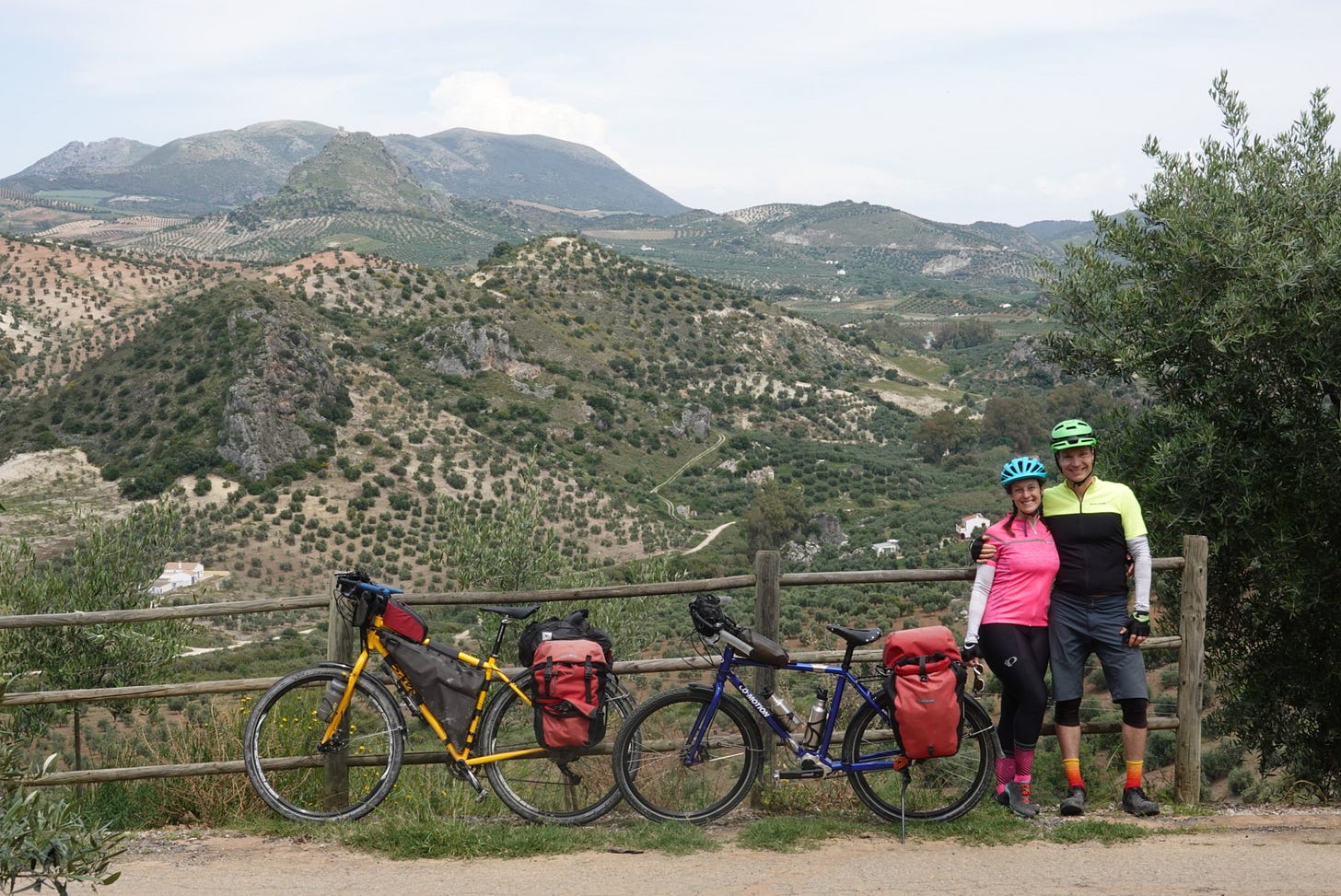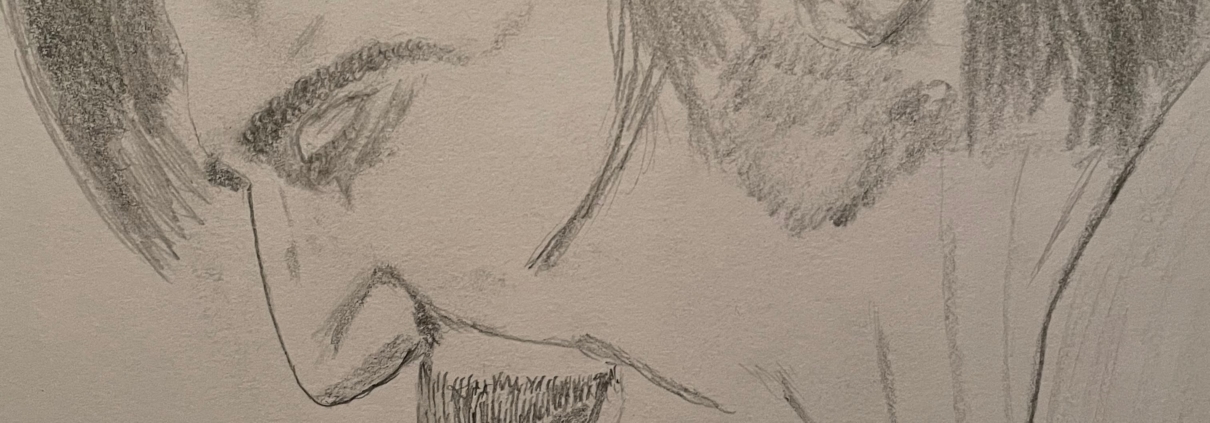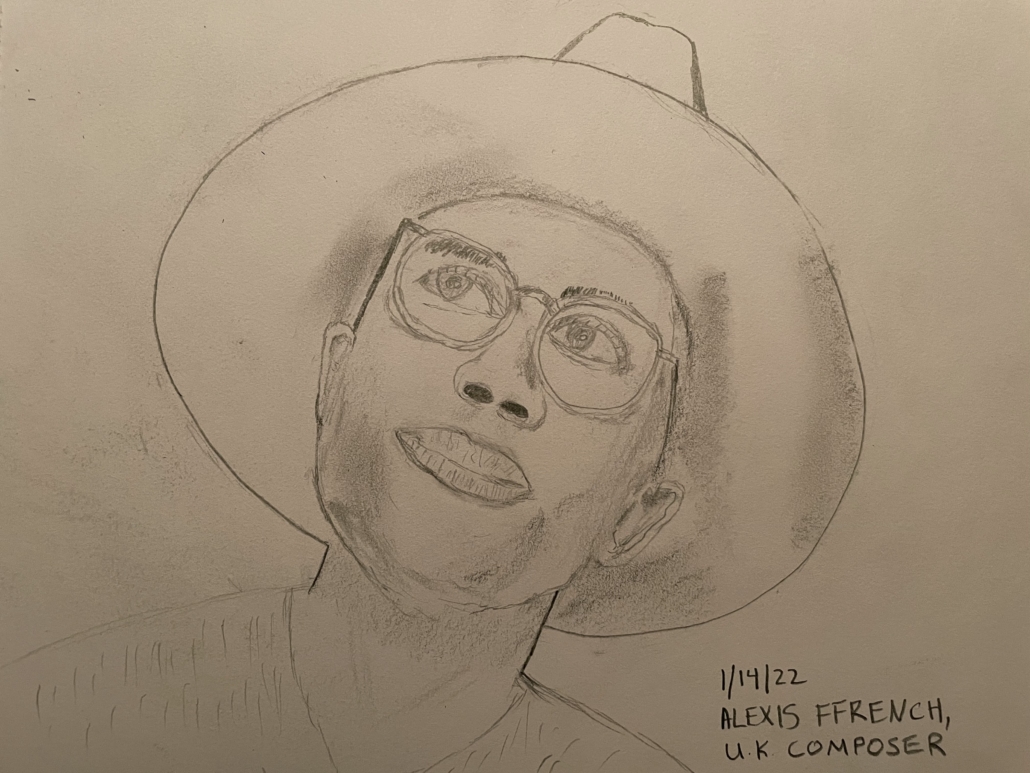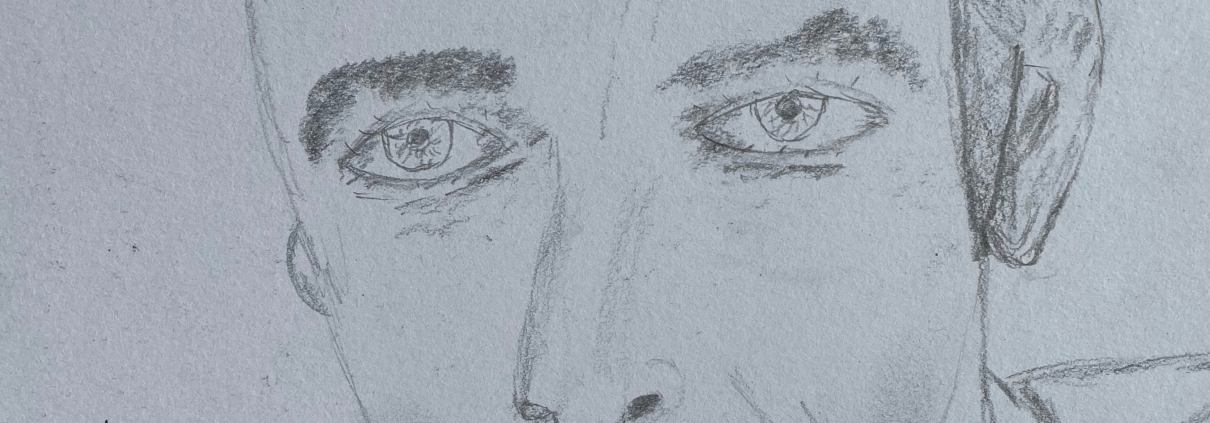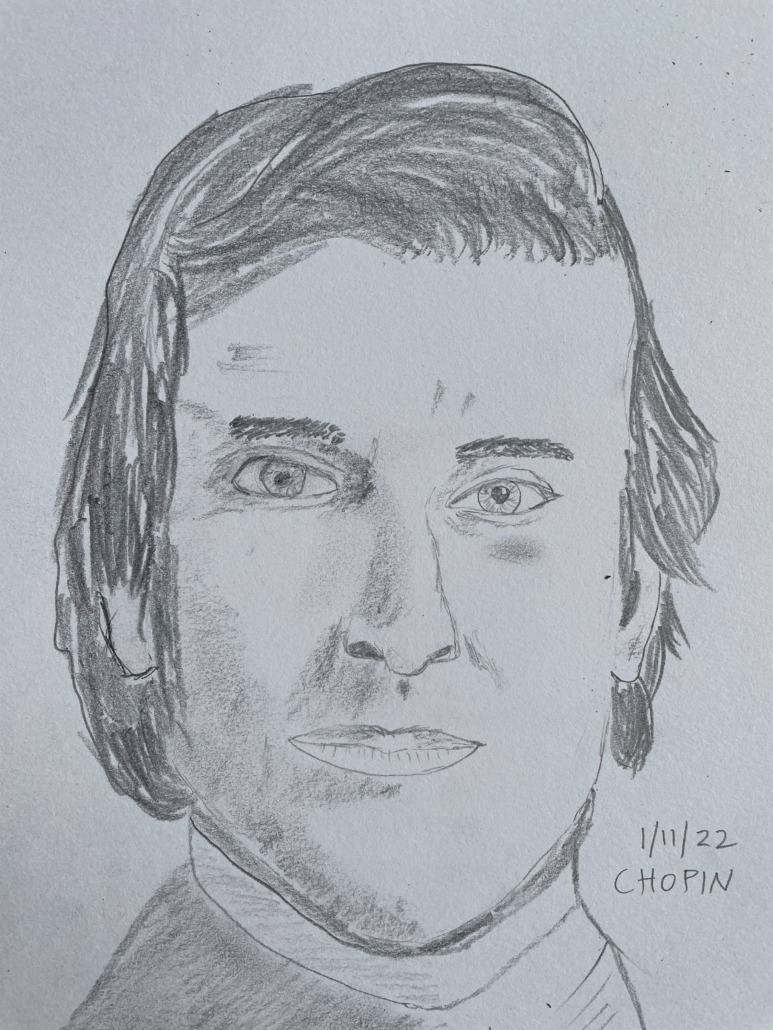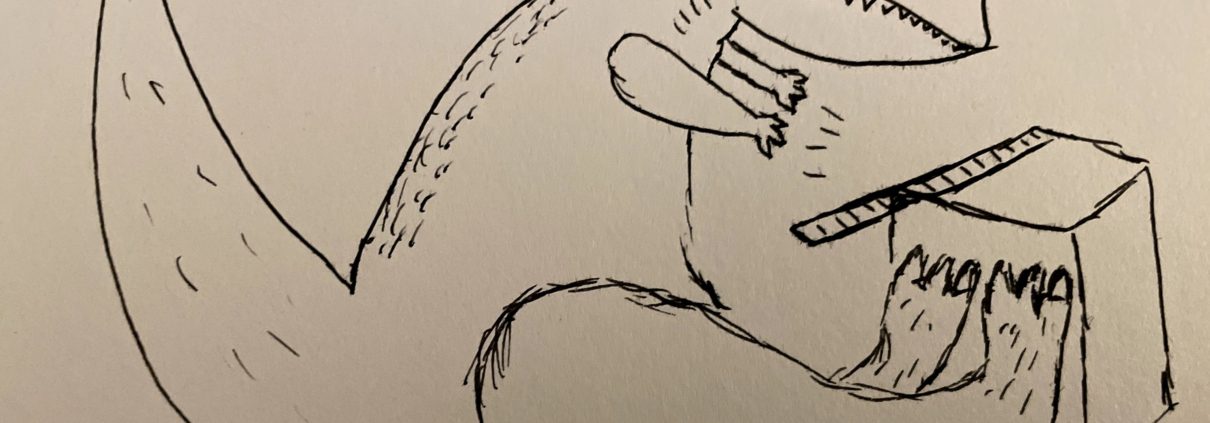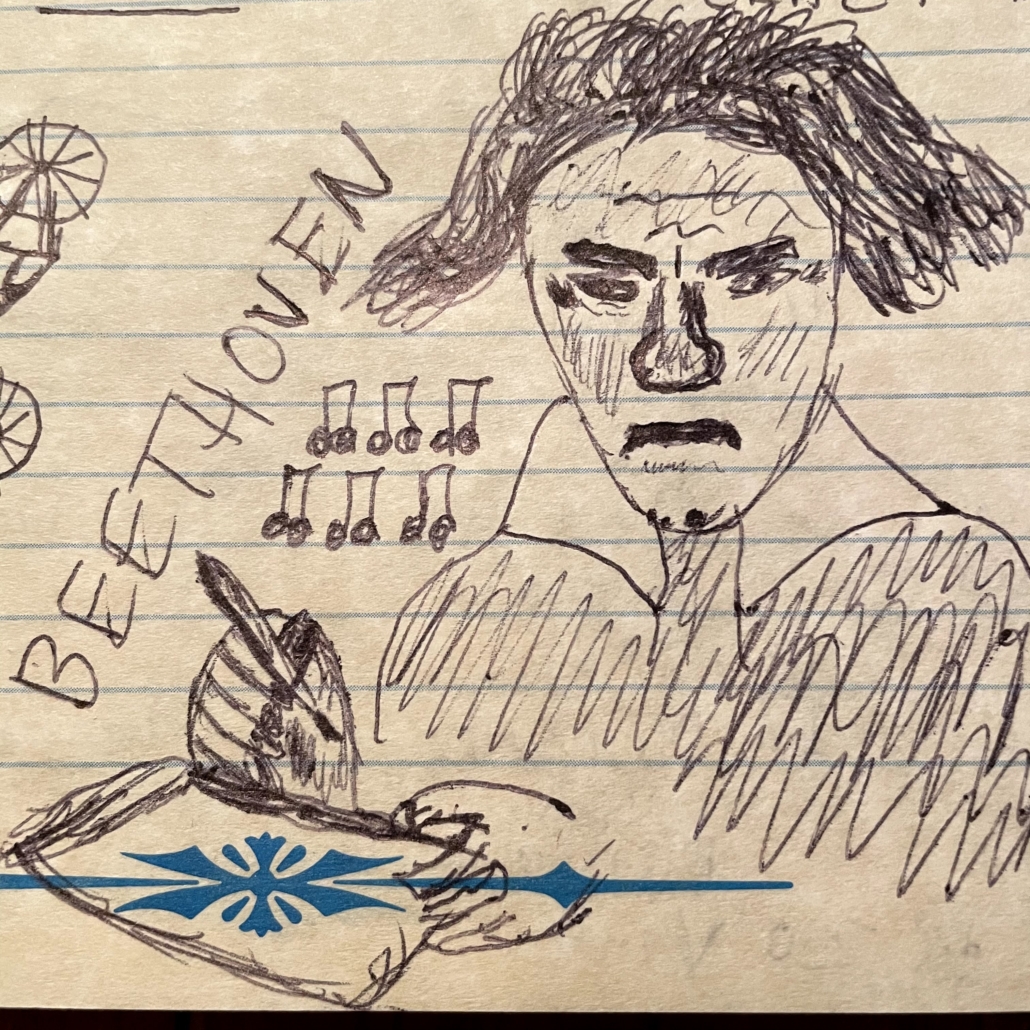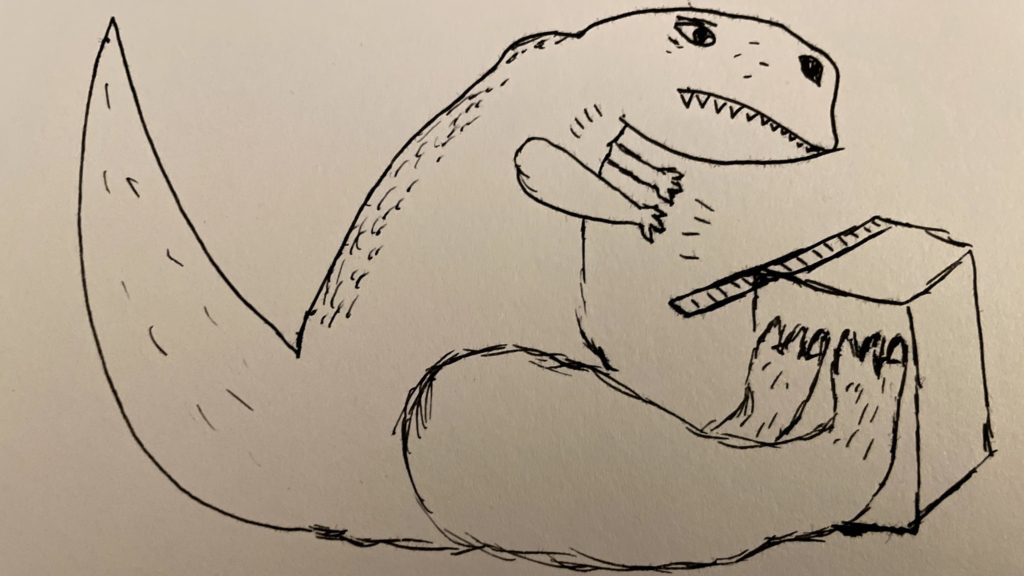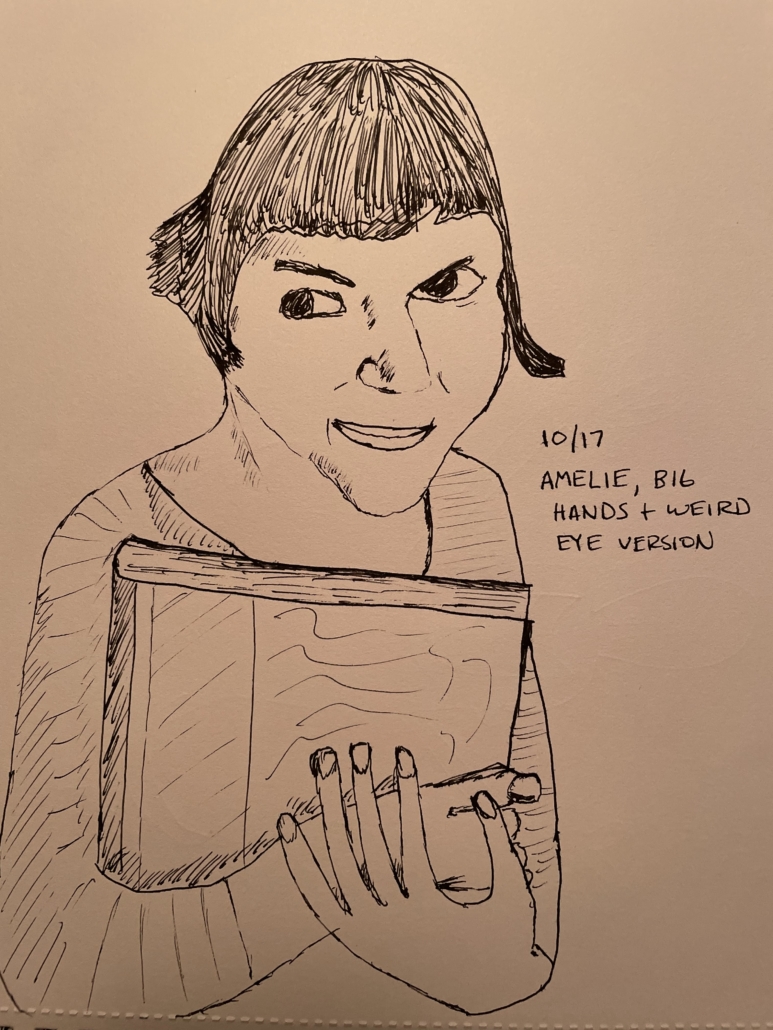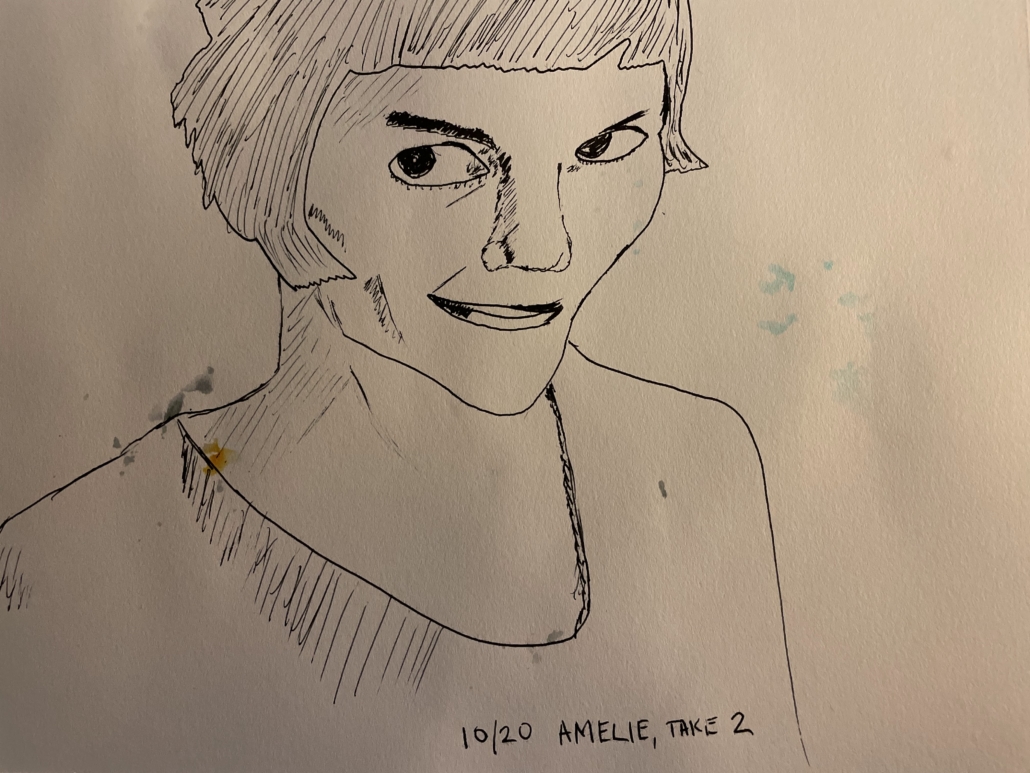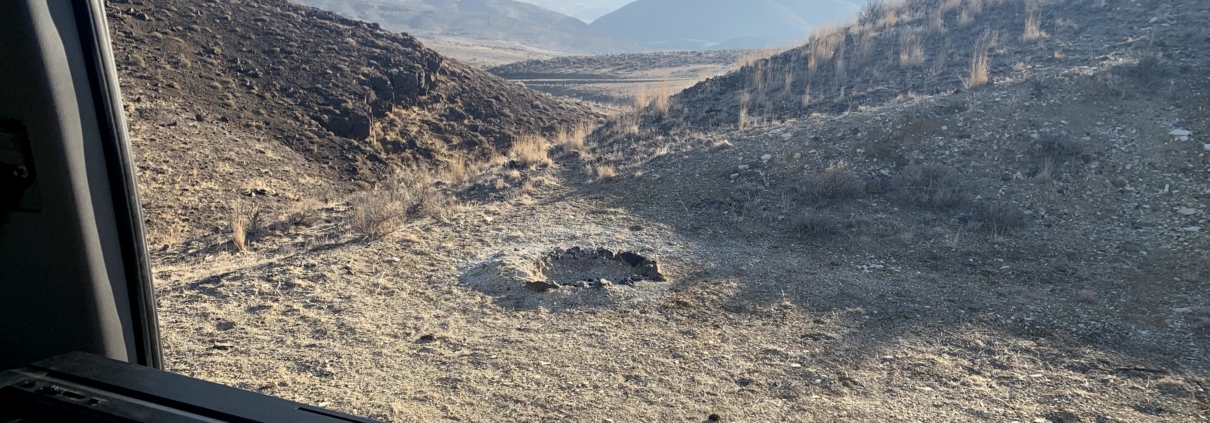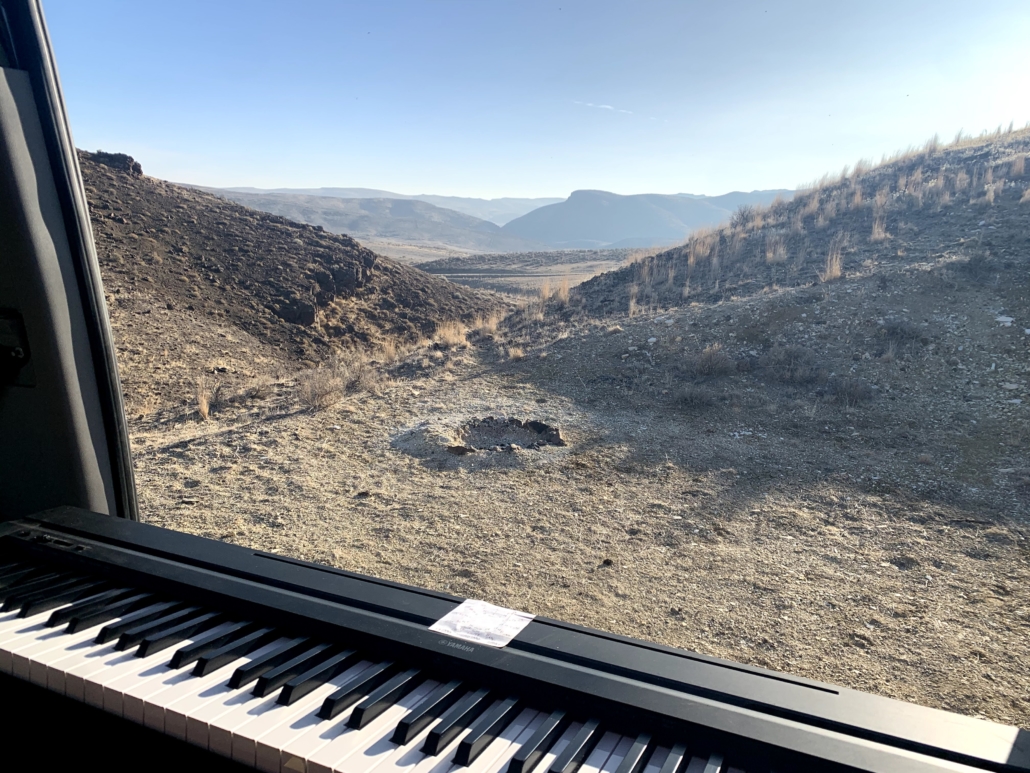Revisiting the same-but-not-boring
I clearly remember the first time I rode Tyler’s, a popular local bike trail. I walked some rocky uphill ramps, awkwardly landed jumps, and generally hacked my way down it like a noob.
I still had a hell of a fine time.
These days, I’ve ridden Tyler’s dozens of times and know every major feature. I fly down that sucker.
But is Tyler’s more fun/exciting/fulfilling now, or the first time?
In general, is there a way to develop appreciation and deeper comprehension rather than boredom for a repeated experience?
Travel to the same places. Hobbies we’ve done for years. Meals we’ve made for a decade.
Or piano pieces I play.
(YES. Brought it back to piano!)
Navigating the creative gamut
Like a new bike trail, the first time I play a piano piece my brain scrabbles to survive, assembling information to jam the notes into my brain. I’m walking rocky sections and taking in turns, one measure and phrase at a time.
Take Schubert’s Serenade, a song I’ve always loved that I started learning in December.In my initial efforts, I pushed through the technical challenges of the piece and could “play” it. Then I tabled it for month, letting the music sink into my synapses. Cue round two, with more nuance and expression…and yet I’m barely getting started.
Bridging that gap between what I can DO and what I WANT to do is the hardest part. I listen to professional recordings and think, “yup, do that, fingers!” Then I sit down and create some monotone pabulum akin to playing bongo drums with wet laundry. *sigh*
I’m exaggerating, but the gap between my expectations and my abilities does feel frustrating sometimes. Like some truculent kid, I want to play it that PRO way, now now now!
After I turn my pre-frontal cortex back on, I can (usually) reframe things. Because truly, I find this so motivating: I’m going to grow not just with new pieces, but enjoy a deep satisfaction revisiting piano works for the rest of my life. Something fresh to discover, to experience.
And dang it, I AM making progress. Even if I’m roughly 9,000 hours shy of mastery, there’s magic in the journey and daily satisfaction in the learning. I don’t need to be pro to have fun.
Plus, pushing myself on challenging songs pushes me to greater heights on those I already play. It’s the same thing that happens when I ride rocky trails on my bike. I may not slip effortlessly through the toughest moves, but that difficulty makes technical trails feel even more cruiser in comparison.
As piano, as life
I love how this mindset so easily translates to other endeavors or pastimes. We’re a different person when we revisit a city or national park, reread a book, build a piece of furniture, or play an old song. Depth, additional context, a slower pace…it all modifies the experience and likely results in a deeper appreciation.
With this in mind, I’m continuing to actively push myself to share not-perfect work like my beginner drawings and music recordings. It’s tough because I want the work to be better, to make insane progress overnight. Sometimes I shake my head at how hard it is to take what’s in my brain and put it on paper or piano.
Whatever. There’s a reason every book on creativity decries perfectionism. I’ll probably always find blemishes and wish-it-were-different aspects of ANYthing I create.
The good news? It creates constant motivation to keep improving, growing, seeking.
That’s a beautiful thing.
As for Schubert’s Serenade? Maybe it’s not perfect, but I recorded it (Youtube link) and hope it resonates deep in your core the same way it does mine. I’m looking forward to a lifetime of it evolving beneath my fingers.
And if I get frustrated, I can always go rip down Tyler’s on my mountain bike.
Dig this post and want more like it? Check out my free 2x/month newsletter.
